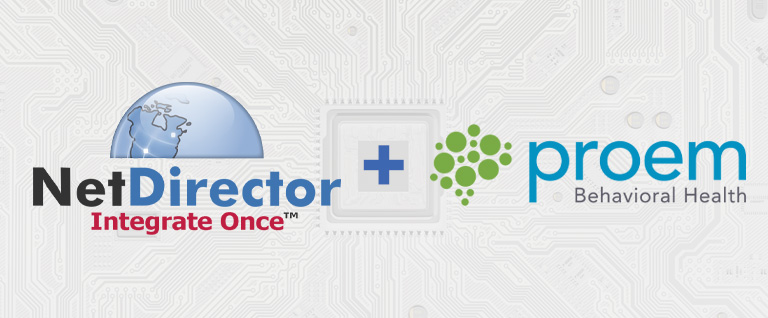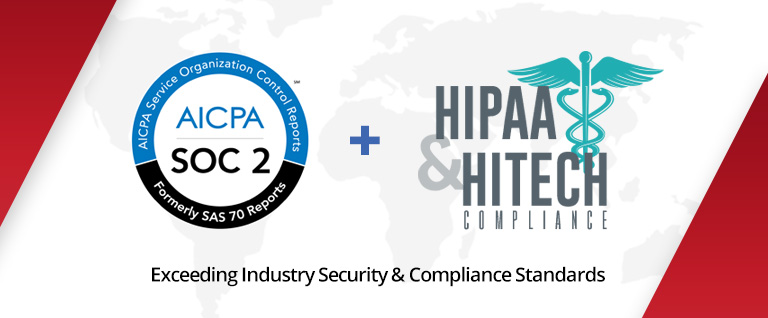Economists and actuaries at the Centers for Medicare and Medicaid Services project U.S health spending to increase an average of 5.8 percent for the period of 2015-2025. That rate will outstrip growth in the gross domestic product by 1.3 percentage points, with health spending representing 20 percent of the total economy by the forecast period’s end.
Higher medical costs and an aging population afflicted with chronic disease will continue to drive spending, while policymakers and providers look to new care/payment models and information technology (IT) as counteracting forces. “Every single strategy needed to fix what’s wrong with U.S. healthcare will require intensive IT facilitation, data analytics and process management,” observed Mark Hagland, editor-in-chief of Healthcare Informatics, in a recent commentary.
On medical frontlines, technology costs at physician-owned multispecialty practices have spiked more than 40 percent since 2009, according to newly released data from the Medical Group Management Association (MGMA). While acknowledging technology’s “crucial” role in helping healthcare organizations move away from traditional fee-for-service structures, MGMA CEO Halee Fischer-Wright, MD, added: “We remain concerned that far too much of a practice’s IT investment is tied directly to complying with the ever-increasing number of federal requirements, rather than to providing better patient care.”
Nonetheless, practices have made headway in patient-facing technology implementation, notably portals that present an interface for patients to view personal health information and carry out transactions online. More than 50 percent of 850 respondents to an MGMA poll said patients were able to set up appointments through their practice portal.
What’s more, portals could play a role in retaining patients over time, concludes a report from athenahealth, which supplies cloud-based EHR and revenue cycle management technology to nearly 80,000 providers. The research shows that after an initial visit to a primary care practice, 80 percent of patients with portal accounts returned for a second visit within 18 months (compared to patients without portal accounts returning 67 percent of the time).
On a broader scale, integrated IT makes possible the sharing of patient information among healthcare’s complex network of stakeholders. For example, radiology service provider EmCare Rays uses a data and document exchange solution from NetDirector to replace point-to-point HL7 integrations with each of its customers. “We believe that we can improve client integration turnaround time and reduce ongoing support overhead,” noted Ivo Yueh, director of IT software development at EmCare Rays.
So while technology such as NetDirector’s HealthData Exchange enables seamless communication among providers, billers, labs, radiology services and others, it also achieves interoperability across the board and improves communication and patient outcomes — potentially at lower costs.
That’s important not only for its immediate impact but moving forward as well. Policy-makers want to see more digital health technologies tailored for use by patients who formerly would have fallen through the healthcare system’s safety net. Timely outreach and interconnection to people likely have to have a chronic disease is a clear path to cutting treatment costs, they say.
For more information about technology that’s bending the healthcare cost curve, contact NetDirector or request a free demo.




